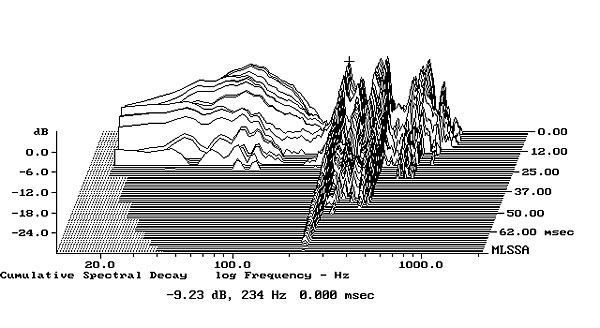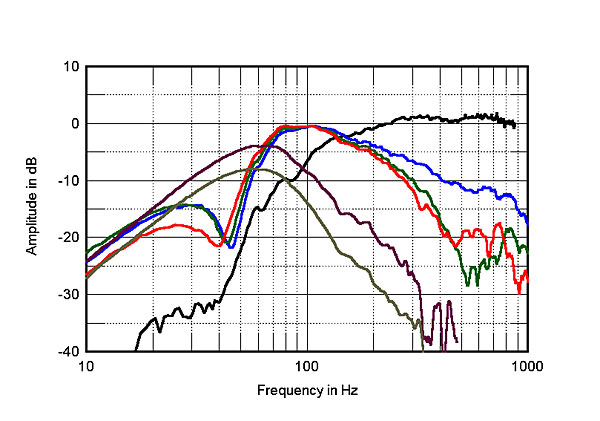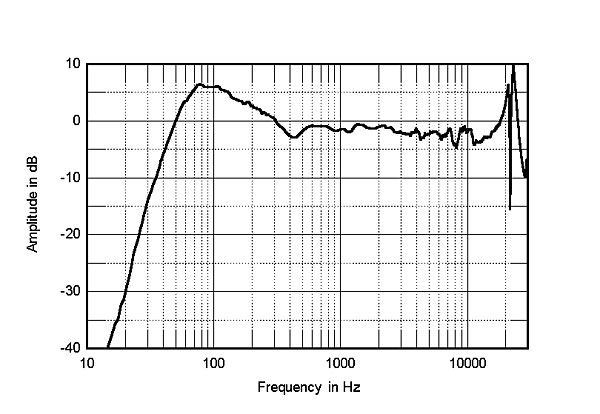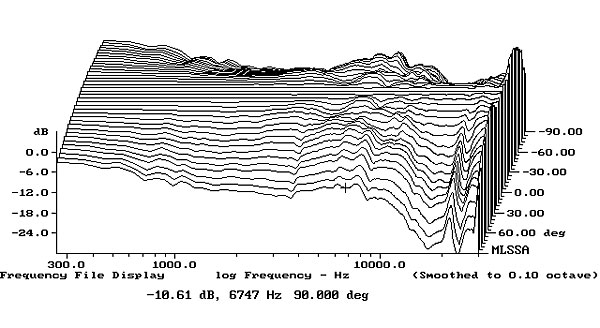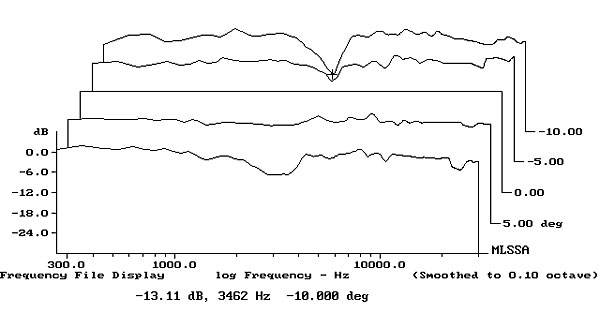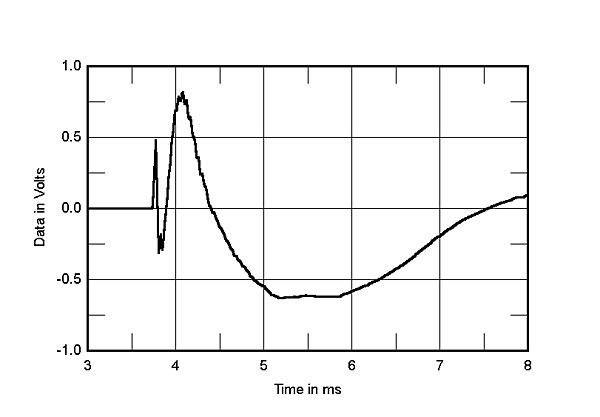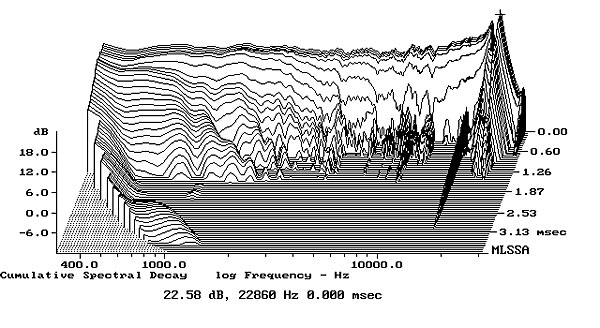| Columns Retired Columns & Blogs |
You suggested perusal of Recommended Components for a good matching amp. Perhaps it's time for Stereophile to develop an app which matches recommended or reviewed components based on reviewer-observed synergies? Now that's an app that could save our hobbyists a lot of money and frustration! You could use all the usual criteria such as speaker efficiency v.s. amp output, but also provide guidance on frequency balance matching, i.e.; soft phono preamp with bright cartridge.

